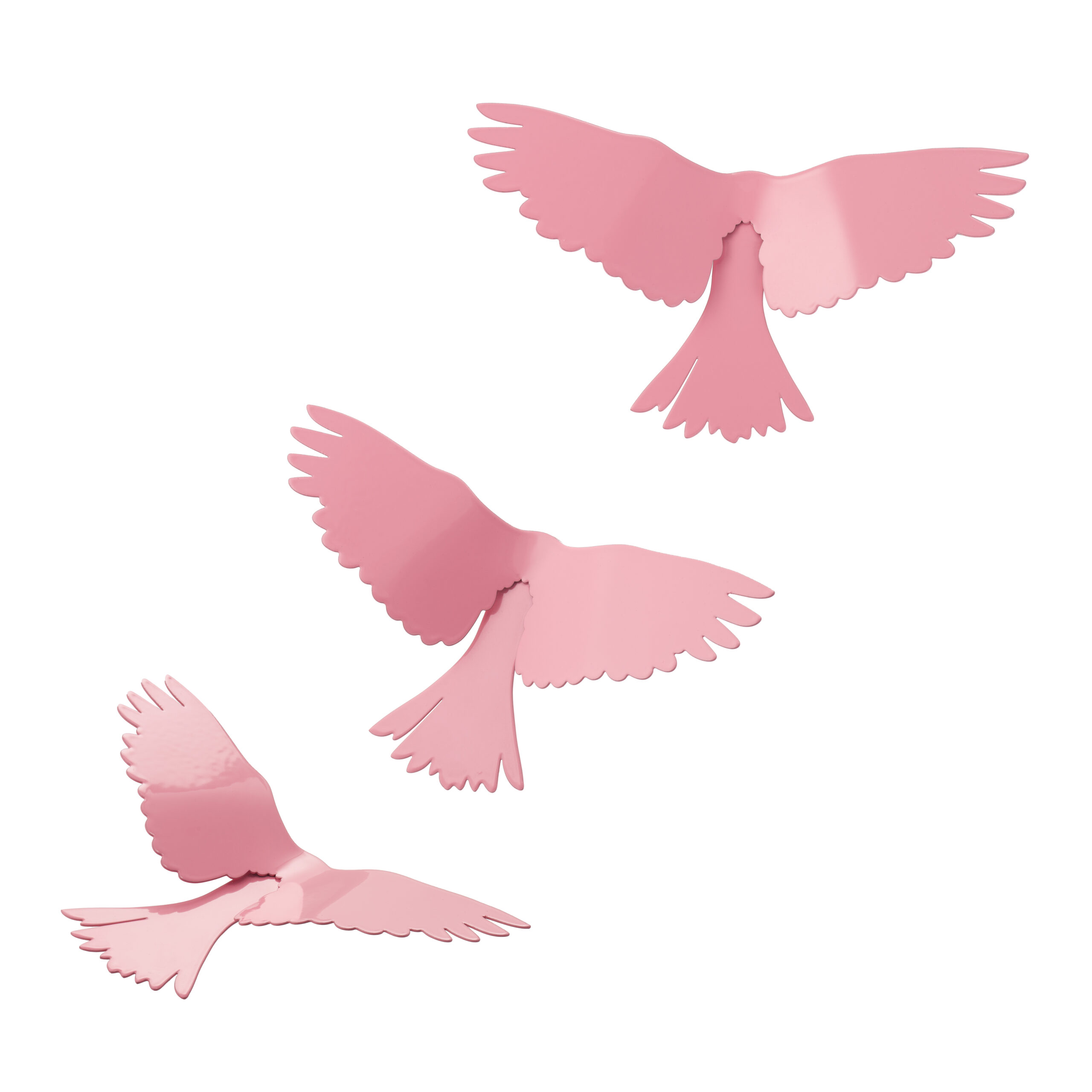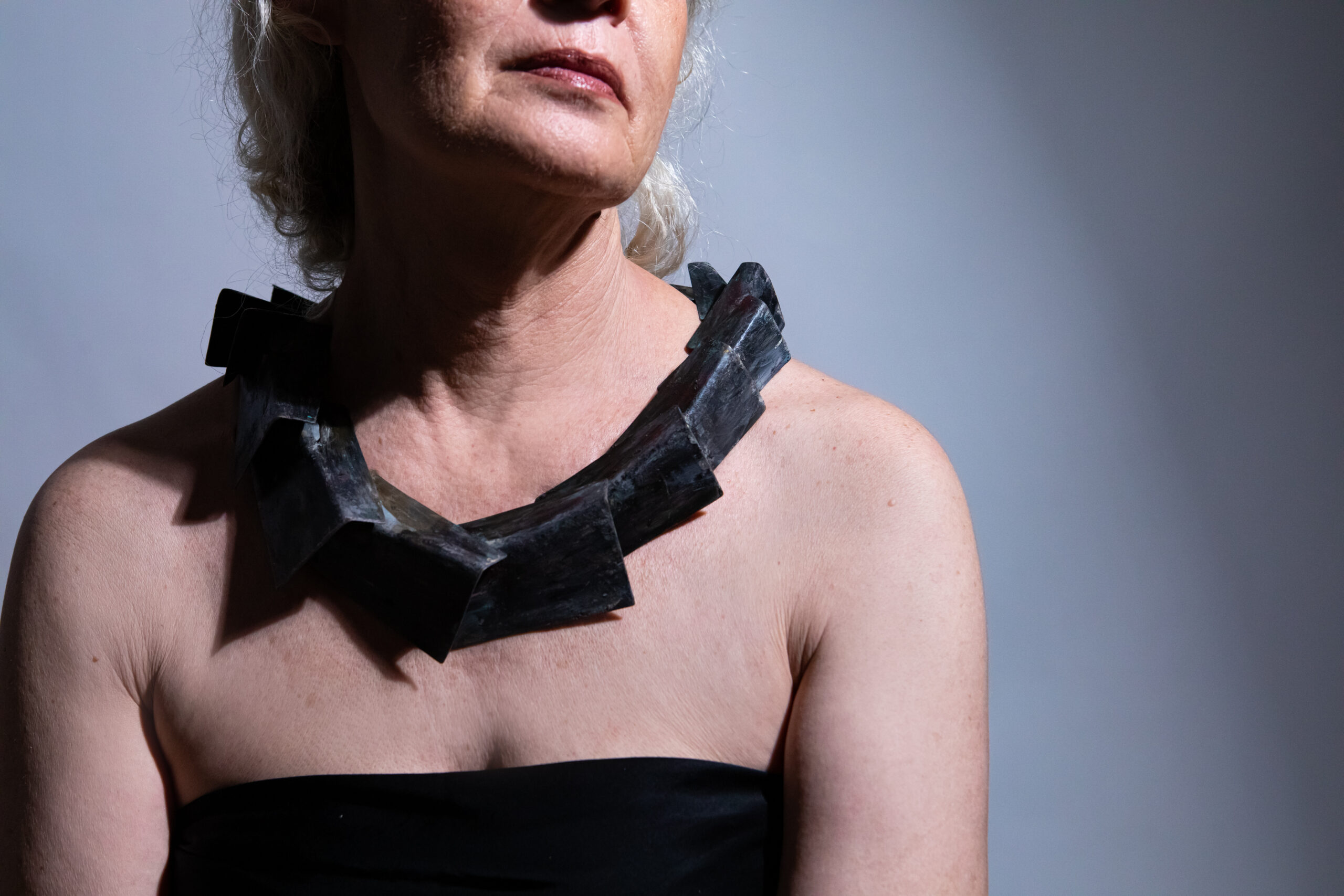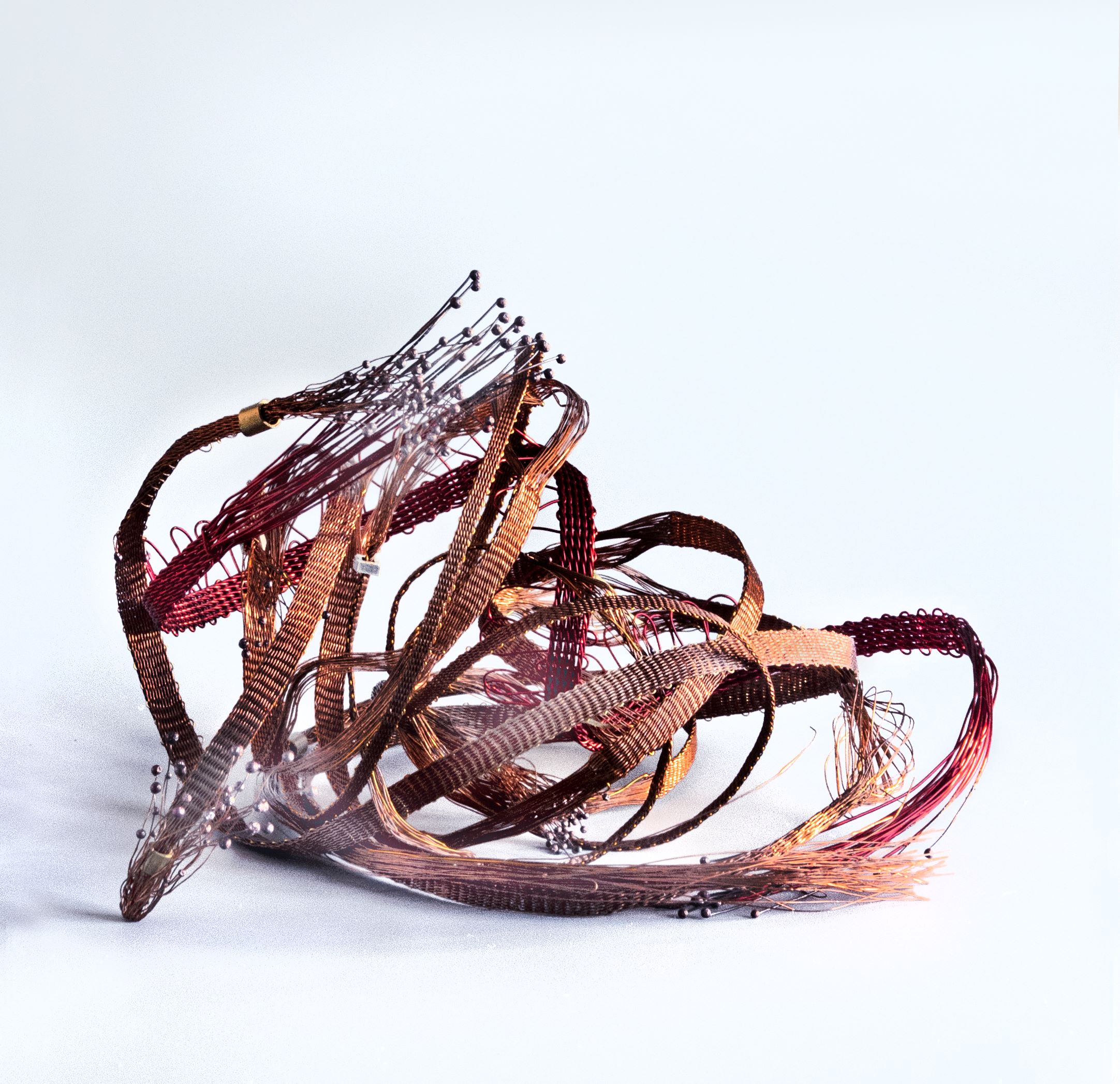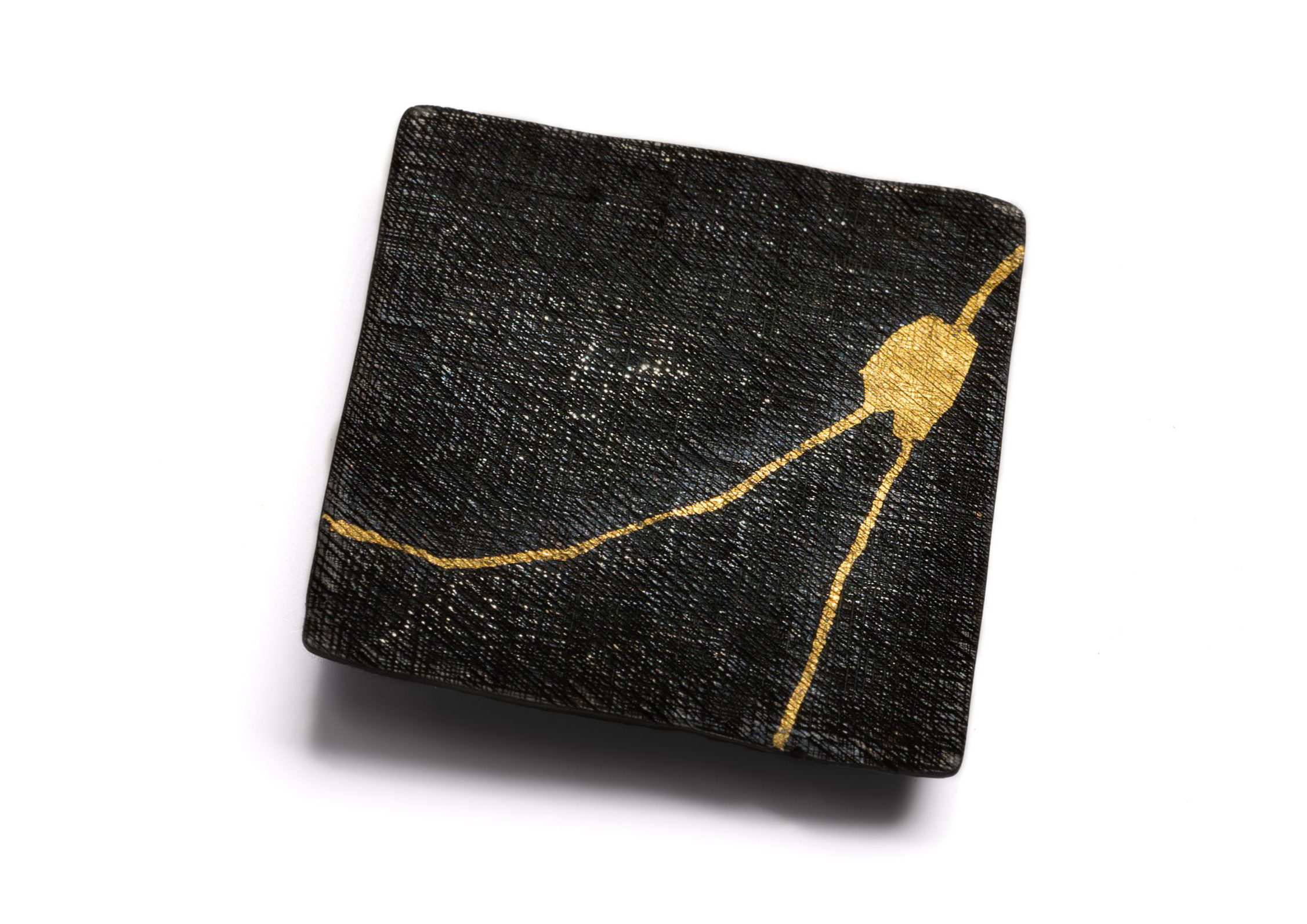For example a little girl. She takes a flower and attaches it to her hair. With many flowers she makes a chain of them and adorns herself like the girl with the daisy chain on the picture. It seems that she made a jewel only inspired by nature! But that is only the half of the story! We must not forget the symbol part of that little flower: Daisies are connected to the superstition, that the small plant has a growth-retarding quality, interesting for children, who will not become adult. And there is one meaning more: Daisies are the first oracle for children, plucking of the blossom leaves wile telling off like: .. loves me, loves me not, loves me….
Let us have a view on the wreaths made of twigs or leaves which were awarded to victors, in athletic competitions and in poetic meets in the ancient Greece.For example the participants of the Panhellenic Games. The four games were: Olympic Games, the most important and prestigious of the Games, held every four years near Elis, in honor of Zeus; the prize was a wreath of wild olive. Pythian Games, held every four years, near Delphi, in honor of Apollo; the prize was a wreath of laurel. Nemean Games, held every two years, near Nemea, also in honor of Zeus; the prize was a wreath of wild celery. Isthmian Games, held every two years, near Corinth, in honor of Poseidon; the prize was a wreath of pine.
Most important became the olive and the laurel, not only because of their durability but more because of their symbolic content. The olive like a symbol of peace and the laurel like a symbol of purification and expiation. The oracle of Delphi spoke with a laurel leave in the mouth. Laurel wreaths transformed by goldsmiths became adornment to emperors alive (picture napoleon) or dead like a funeral wreath (picture 3).
Also in antic illustrations of animals in jewelry, it is not the nature who inspires but the symbol meaning of those creatures. Picture 4 shows us a Greek golden snake bracelet of the 4th century BC. In the antic Greece the snake was holy and healing and became Symbol of the profession of medicines.
The same with the Egypt scarab. According to ancient Egyptian myth, the sun Ra rolls across the sky each day and transforms bodies and souls. The scarab from the family dung beetle, which rolls dung into a ball for the purposes of eating and laying eggs that are later transformed into larva, the scarab was seen as an earthly symbol of this heavenly cycle. This came to be iconographic and ideological symbols were incorporated into Ancient Egyptian society and adornment. (picture 5)
My lecture shows examples of jewelry from ancient Greece, Egypt, Scythian, some slides from the Baroque and comes to the Art Noveau/Jugendstil.
No other era in the history of jewelry used nature motifs as a characteristic design element to such an extent and on such a scale. Essential here are precise observation of nature and the symbolic significance informing the physical phenomenon.* (Cornelia Holzach in, Floral motifs in Jewellery, Catalogue) The pictures are from the jewelry museum at Pforzheim, Germany.
6 Corsage Poisson from Georges Fouquet, Paris, 1900
7 Brooch Cuttlefish- Butterfly, Cranach, Werner,1900
8 Ring, Georges LeTurcq, Paris, 1900
All pieces in gold, precious stones, enamel, pearls
When I studied in Pforzheim during the 70ies, we were educated under the concept of minimalism and of course: elaborated in metal. We learned a lot about the structure of nature how nature is growing, but to represent nature like an image in the jewelry or to use organic material was not excepted. Ok. Pearls and precious material were allowed but nobody worked with mother of pearl or amber, which are precious materials from nature.
Image
Nr. 9 (Structure of nature) : Martina Dempf, pendant, The Spider Net
During the 80/90 goldsmiths became free to work with every day material which was documented in several exhibitions. That encouraged the jewelry makers to work with “forbidden” material like mother of pearl and amber.
Image
Nr. 10: Danni Schwaag, brooch, mother of pearl
The self-confident jewelers began to use nature motifs in jewelry what formally was called “Kitsch”
Image
Nr. 11: Tasso Mattar,
Brooch, dromedary under the moon, mother of pearl and amber.
Nr. 12: Georg Dobler,
Brooch, beetle with precious stone
Nowadays everything is possible. Working with everyday organic material and showing the qualities:
13 Agnes Larsson (Stockholm, Sweden)
graduating from MA jewelry at Konstfack, Stockholm, Sweden
The carbon powder is mixed with glue and then either pressed or casted. In the end I grind the material and use wax or lacquer to make the surface smooth and fixed. Agnes
14 Edgar Mosa (Brooklyn, NY, USA)
Gerrit Rietveld Academ, Amsterdam 2005.Canbrook Academy of Art, 2009
is showing the quality of normal wood pieces
15 Trinidad Contreras (Barcelona, Spain)
is fascinated by micro organism and sketches from Ernst Heckel (1900)
16 Vina Rust (Seattle, Washington, USA)
is working with the cell structure
17 Coral Cohen (Tel Aviv, Israel)
She lets bacterias grow in little glass containers which form a part of rings or pendants.
The bacterias and fungus are indeed trapped inside glass containers but you can’t really control the content that takes place in the final appearance of the jewelry. The bacterias are keep on growing until they reach there final look and then there dying process begin.“
18 Lauren Fensterstock (Portland, ME, USA)
She wrote about her potato jewelry: I let them rot! I called the series “what happens” and literally made the pieces to be ephemeral..to have their moment of beauty and then disappear.Actually, they usually dry out and became a permanent dried form. This is a picture (attached) of the same potato 2 years later…and one from when it first “started” The first picture that I sent was about 3 months into the process…
19 Hanna Hedman (Stockholm, Sweden)
graduating from MA jewellery at Konstfack, Stockholm, Sweden
”Finding dark matter”
Inspired by fantasy and imagination and what you tend to see even if it’s not there. These are the figures that are hiding in the park on my way home in the dark.
20 Jane Gowans (Dundee, UK)
Don’t say it, read it. Watch it, feel it. React. Without speech, a mood, a reaction, an emotion, can be understood. My work demonstrates this physical communication. Too close or not close enough? Hold.
21 Zhao-Li (Antwerp, Belgium)
Finding Neverland
The unusual combination of materials brings creatures to life that are threatening and at the same time fascinating beautiful.Materials: textile, medical grade plastic, silver.
Conclusions
A) The „Value added Process“
The jewelry of goldsmiths is a product of a “value added process”.
Here the steps in short:
– A person finds an object: flower or other finding, takes it and says: mine!
– He/she attaches it to his/her body or cloth, adorns him/herself.
– The person invents connections, makes it wearable by crafts and techniques, – creates a form and gives meaning to the object or the object gets signification. – Then craftsmen transform the object with new techniques and material,
– assign new meaning and signification ….
– and so on ….
B) Jewelry as art work
The title of the work „Daisy Wire“from Esti Knobel (picture 22), reminds us to the „daisy chains“ of the children and seems to be an homage to childhood because of its levity and carelessness. But it is a flower wreath freezed in metal. Remembering the image of the „funeral wreath“, we saw in the beginning of the lecture, we get in conflict to continue our interpretation. Life or Dead? This ambiguity of art objects needs a longer process of interpretation as with objects of normal life. And this longer stay with the object causes the so called: aesthetic pleasure. Art is a part in the „value added process.
C) The school of seeing
During this lecture we saw a lot of details in the relationship between jewelry and nature. The closer view to jewelry showed us material, techniques, symbols and ways of adornment. We noticed with respect the golden pieces of the ancient cultures and the perfect elaborated pieces of the Art Noveau. From the new jewelry and the contemporary designers we learn, how to become familiar with normal life, how to see the aesthetic value of everyday material, objects and situations. I am sure, that you in future will see more necklaces and brooches around you. May be on the street or during a walk in the nature!









